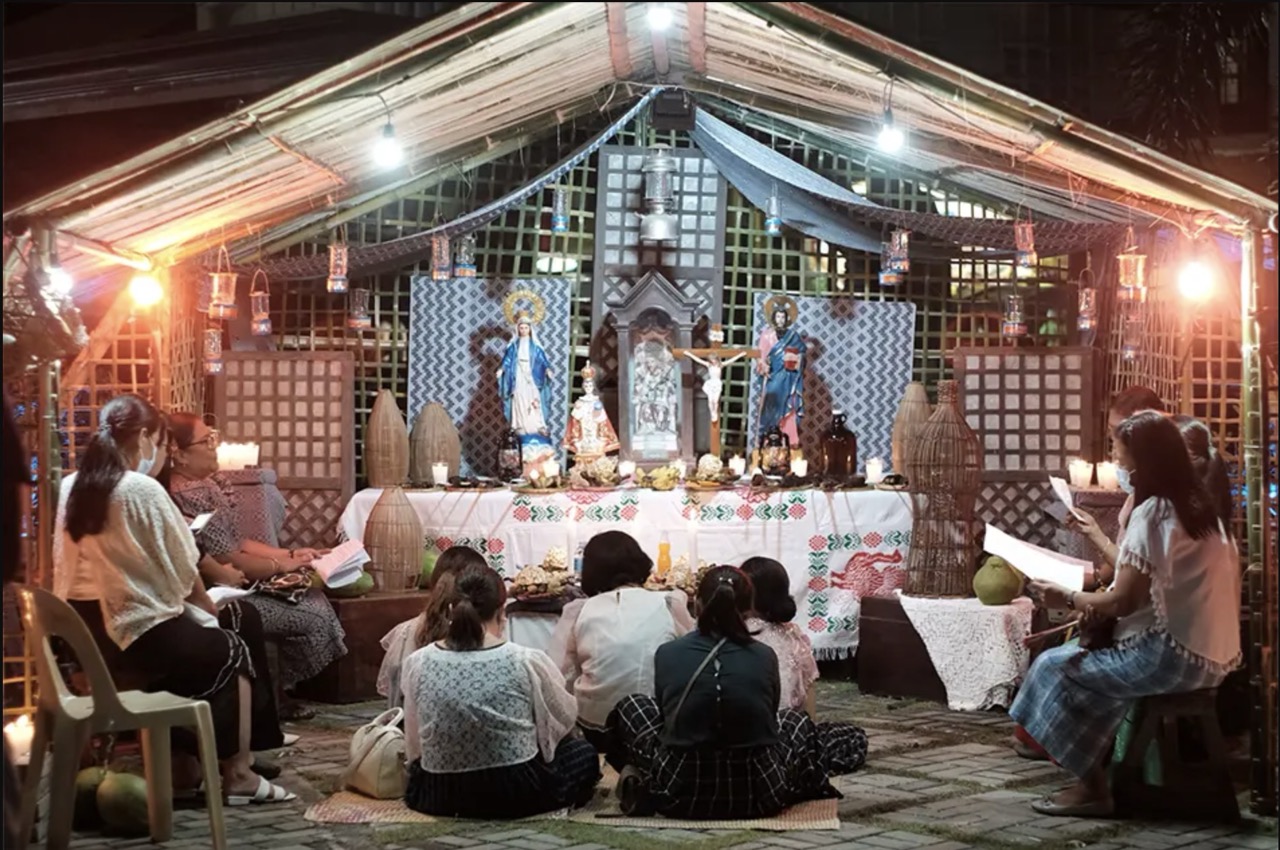
By Brian Campued
Every All Saints’ Day (Nov. 1) in the small town of Paoay in Ilocos Norte, residents not only visit the graves of their departed loved ones but also honor the dead through another solemn but feast-like activity—the “tumba-tumba”.
In the Ilocano culture, family bonds remain unbroken even after someone passes away, strengthening the connection between the living and the dead. The Tumba Festival highlights the Paoay’s distinct and solemn ways of celebrating the spirits of the departed.
According to the National Commission for Culture and the Arts (NCCA), townsfolk come together to build makeshift huts called “mallong” where traditional Ilokano tapestries adorn the walls while catafalques, candles, images of saints, crosses, and photographs of the dead are set up inside.
Ceremonial food offerings or “atang” are likewise displayed on a “dulang” or low-legged table and covered with woven tablecloth. Usually practiced during Undas and on other occasions, the act of offering food for the dead is also called “alay” in Tagalog and “halad” in Cebuano.
The atang includes traditional delicacies such as sinuman, baduya, tirukas, ninyugan, bitso-bitso, busi, as well as the deceased’s favorite foods. These offerings are served hot because the steam is what the souls partake in.
During the ritual for the tumba-tumba, elderly women gather in front of the offerings with lighted candles and recite prayers and chants for the dead.
Every Undas, millions visit cemeteries to pay their respects to the dead—they light candles, bring flowers, and offer food. In spite of diverse cultural traditions, Filipinos share the notion of memorializing the departed, in hopes of giving them continued comfort even after death.
As the nation observes the solemnity of Todos Los Santos, some Filipino cultures have their own way of remembering the ones who are no longer here with us—as well as keeping the tradition alive.
-avds
